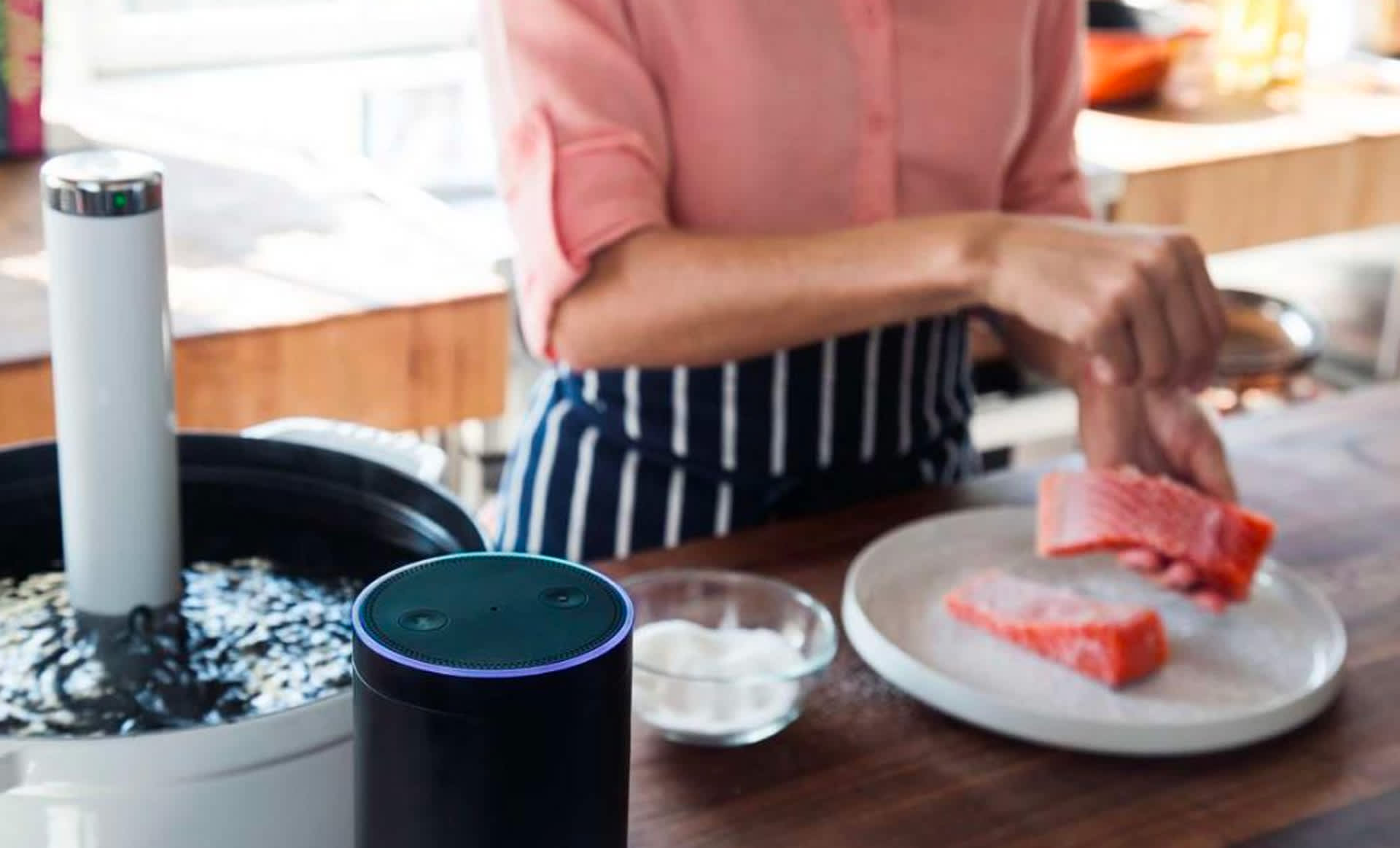Thought Piece | Thought Piece
Why it’s time to future-proof your business with MACH technology
by Liam Springate-Jones

Whether creating an entertainment system for Aston Martin, native mobile and desktop apps, in-store interactive kiosks for Tesco or responsive websites, they all have two things in common; a visual display (of some sort) and a physical way of interacting with them (such as a touch screen, mouse or keyboard).
Voice User Interfaces (VUIs) – also known as spoken interfaces – are different, the interaction and display with them is almost solely audible (aside from complimentary information being provided via simple visual ‘cards’ for Alexa). But that isn’t to say that no visual user interface means no user experience, in fact it’s quite the opposite. An audible interface can become confusing for users very quickly, leading to frustration and user drop out.
The good news is, a lot of the approaches and considerations that are core to more traditional user experience design are also necessary for VUI design. And, first and foremost, is the understanding that great products solve real user needs quickly.
“Amazon’s Alexa ecosystem is exploding, for better and worse. It’s going to be a huge year for Alexa and voice computing in general” Engadget’s CES coverage
When considering a voice UI – or spoken interface – we should be asking the question, what problem are we trying to solve? Is a VUI a good solution for this problem? Is voice simplifying the process? Or are you accelerating the user deep into a task? A great example where you could say ‘yes’ to these is asking Alexa where your Amazon order is.
VUIs are not always a good answer for situations where there is a need to manage lots of variables, either because the interface requires a lot of input, or where users need to compare lists of things. An example would be trying to compare and pick a new credit card.
Given that there is a user need to be solved, you then need to consider three very different things:
Voice inputs - How are users going to interact with our app? It needs to feel natural to the user, which is easier said than done as we all have different conversation styles or phrasing – "Alexa, ask Smart Energy how much power I am using today?", "Hey, Google. How much gas am I using?"
Audio outputs - These are the ways your app interacts back with the user and should consider your brand style, tone of voice and clarity of communication. This is an opportunity to create a personality.
Multi-modal interface - Does your Audio Interface need to make use of other interfaces to achieve a goal? How can any companion apps, or other interfaces, be used to help the user and are they appropriate?
These inputs and outputs, and even tone of voice, can be captured in user journeys. These user journeys should consider a user’s context. For example, if your VUI knows it is on loud speaker then it may choose not to read out the text you’ve just received; however, if it detects that you have connected headphones it might be appropriate to do so!
Copy should be conversational, but as a rule of thumb if it is too chatty it can be distracting – and please bear in mind that written language sounds different to normal speech. A UK newspaper released an Alexa app which obviously used its web based API to read out news content to the user in full. Apart from being confusing to navigate, the experience of consuming, what could have been bite-sized news content, was terrible and unnatural. A far cry from the same experience of hearing the news on your radio!
Keep navigation natural and simple. If a user gets lost, they have no visual cues to check where they are to re-orientate. This can be particularly challenging because discoverability of functionality is hard, making simple interactions imperative.
As when designing any experience, testing is important. With VUIs it can be helpful to role play with someone else to see how natural it sounds, ideally with a third person who can provide an outside perspective. Recently, we were developing some POCs on Google Home, and when carrying out technical testing in the office, we were getting comments like ‘That sounds really unnatural’, which is great feedback that can be used to drive improvements.
Interested? Get in touch and chat to us about what Voice could mean for you.